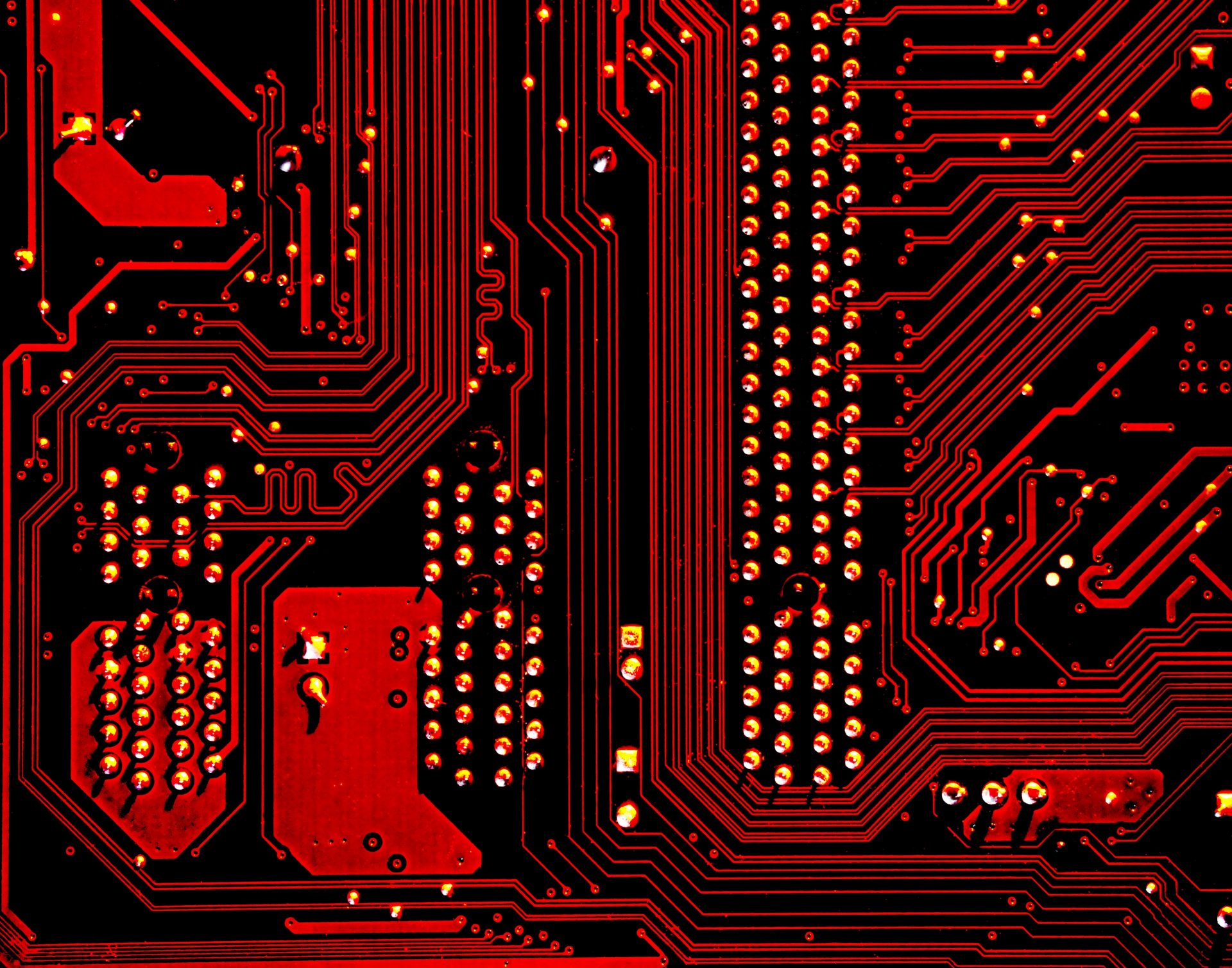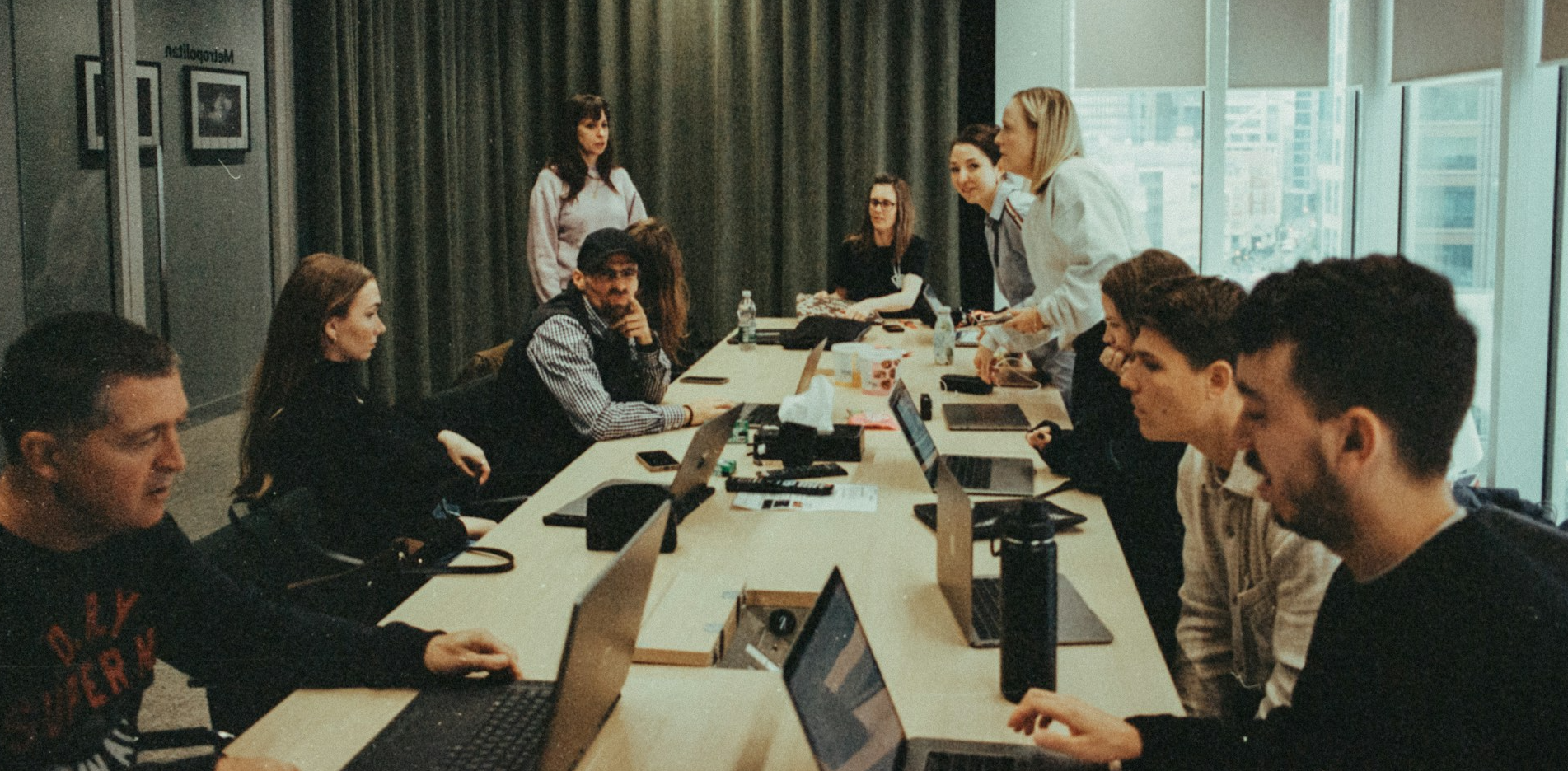Asia’s Great Expectations of AI as an Everyday Tool
Many people in Asia are very optimistic about artificial intelligence (AI) and its potential to enhance competitiveness in the future. The AI market in Asia is set to reach US$62 billion in 2023, and is projected to grow steadily from 2023 to 2030 at an annual rate of approximately 19.46%. This growth trajectory will lead to a substantial AI market worth US$215.30 billion by 2030. Asia’s rapid expansion in AI is positioning it to outpace the United States as the largest hub for AI innovation. China, closely followed by India, plays a vital role in propelling AI advancements in the region, mainly driven by its skilled workforce and strong industry support. Consequently, China has become a significant rival to the US in the field of AI development. Eric Schmidt, the former chairman of Alphabet, predicts that China will likely surpass the US in AI capabilities by 2025.
AI has become more widespread in various industries over the past few years, causing significant changes in how things are made and how people work. AI has the power to boost productivity significantly, especially in jobs that don’t require advanced skills. This has the potential to enhance the lives of people in developing regions such as Southeast Asia.
But we’ve come to realize that AI systems, which learn from unsupervised data collection, can produce biased and unfair results. The challenge is how to make sure AI developers follow rules that align with human values while still advancing AI in a sustainable and inclusive way. This issue will be a central topic in one of the sessions at the upcoming Horasis Asia Meeting on December 3-4, 2023, in Binh Duong, Vietnam. The event will gather 300 CEOs, entrepreneurs and government representatives from Southeast Asia and beyond to discuss key trends that will shape Vietnam’s economy and drive it towards a new phase of global growth.
Varied Benefits
AI is making a big difference in many Asian industries. For example, a study found that AI can help China’s key sectors generate over US$600 billion in value every year. Most of this value, about 64%, is expected to be generated from automotive, transportation and logistics sectors combined. Through the use of autonomous vehicles, accidents on the road could drop by 3%-5% each year. These smart cars can focus on driving without getting distracted, unlike people who often use their phones while driving.
In the finance sector, using AI to automate processes will make things streamlined for customers. This means transactions will be faster and cost less, while giving customers a better experience. For instance, there’s a startup in Singapore called CashShield that uses real-time high-frequency algorithms to understand facial patterns, for instance, to help companies spot and stop fake accounts and send payments in real-time.
AI is improving healthcare in Vietnam. Doctors and healthcare professionals are able to make more accurate diagnoses, provide more effective treatments and improve patient outcomes through the use of AI. OneAI by VMED is helping predict the probability of a patient developing chronic diseases such as cardiovascular disease, diabetes, atrial fibrillation, heart failure, asthma (non-allergic) and chronic obstructive pulmonary disease — all based on their medical history.
Food security is a big problem. Vietnam produces a lot of food, and AI can help farmers grow more crops. Precision agriculture uses technology like AI to help farmers grow more food by watching their crops closely and managing them better. Some companies are already using AI to help shrimp farmers produce more yields. AI can help farmers grow more crops, have better growing seasons and use fertilizer more wisely.
Biased Results
AI has the potential to revolutionize many industries, from healthcare to finance to transportation. However, there is growing concern about the ethical implications of AI development, particularly when it comes to preventing abuse by unscrupulous actors and protecting users who tap into this technology.
To address this challenge, it is essential that AI developers prioritize human-aligned rules and values in the development and testing process. This means actively seeking out diverse datasets and ensuring that AI algorithms are trained on data that represents a broad range of voices and experiences.
AI systems must also be rigorously tested to ensure they are safe, reliable, and effective. This requires a combination of automated testing and human review to identify and address any potential issues or biases.
Finally, industry standards and regulations can play an important role in ensuring human-aligned AI development. Governments and industry organizations can establish guidelines and best practices for AI development and testing, as well as enforce regulations to ensure that AI systems meet certain standards of safety and reliability.
Photo Caption: AI will continue to require human supervision




